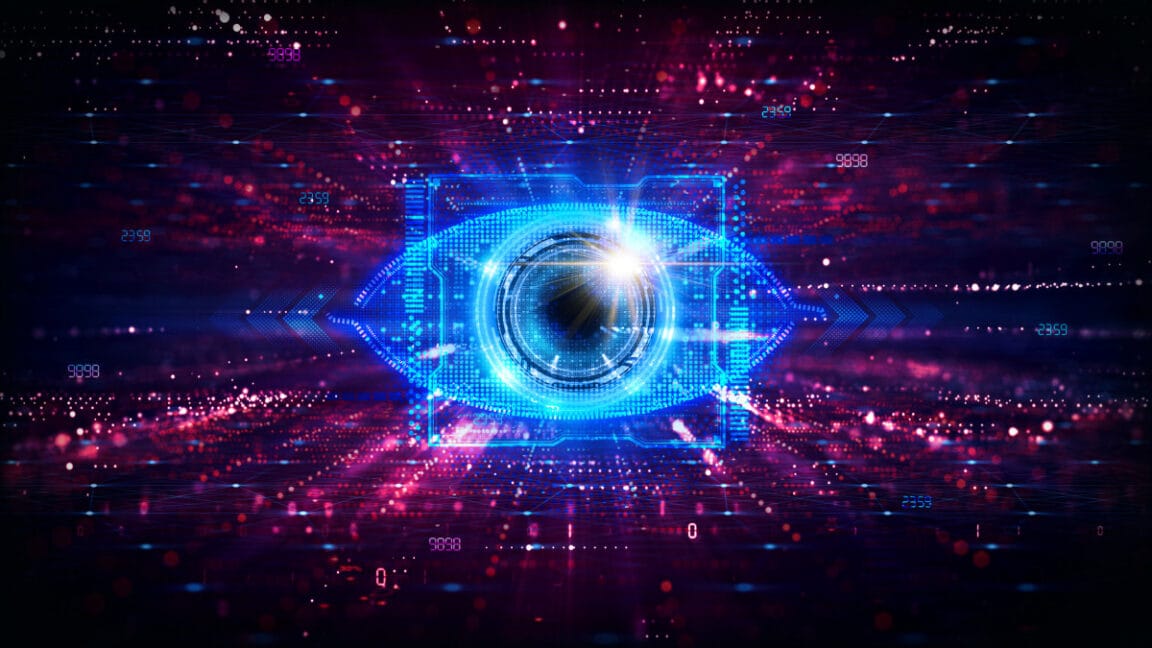Tech History Unlocked: Original AlexNet Code Released, Revealing the Birth of Modern AI

Why AlexNet Changed Everything
In 2012, a modest convolutional neural network (CNN) named AlexNet shocked the AI world. It crushed rivals in the ImageNet competition. It classified images with 41% fewer errors than previous methods. Its success proved:
- Deep learning (multi-layered neural nets) could surpass hand-coded AI.
- GPUs (not just CPUs) were vital for training AI models.
- Big data (like ImageNet’s 1M+ labeled photos) fueled breakthroughs.
Now, the original code—negotiated for release by CHM and Google—is public on GitHub.
Key Takeaways
- Google & Computer History Museum (CHM) release original AlexNet source code. It is the breakthrough AI model that ignited the deep learning revolution in 2012.
- AlexNet proved neural networks could outperform traditional AI, enabling today’s ChatGPT, self-driving cars, and facial recognition.
- The Python code, now open-source on GitHub, offers a rare look at the “ENIAC moment” of modern AI.
- Creators Geoffrey Hinton, Ilya Sutskever, and Alex Krizhevsky later shaped OpenAI, Google AI, and AI safety research.
How AlexNet Worked: A Technical Legacy
AlexNet’s genius lay in combining three key technologies:
- Deep Neural Networks: Learned features automatically (no human rules).
- ImageNet Dataset: Millions of labeled images (curated by Fei-Fei Li).
- Nvidia GPUs: Krizhevsky trained it on two gaming GPUs in his parents’ house.
Fun Fact: AlexNet’s architecture inspired CNNs in facial recognition, medical imaging, and ChatGPT’s vision tools. However, today’s models use Transformers (a 2017 upgrade).
The Team Behind the Revolution
After AlexNet’s 2012 triumph, its creators diverged:
- Ilya Sutskever: Co-founded OpenAI (ChatGPT) → Launched $1B AI safety startup SSI.
- Geoffrey Hinton: Left Google in 2023 to warn about AI risks → Won 2024 Nobel Prize in Physics.
- Alex Krizhevsky: Quietly exited Google to research new AI methods.
Hinton joked about their roles:
“Ilya thought we should do it, Alex made it work, and I got the Nobel Prize.”
Dark Side of the Boom
AlexNet’s legacy isn’t just progress:
⚠ Deepfakes: AI-generated media manipulation.
⚠ Job Displacement: Automation in creative fields.
⚠ AI Bias: Models inheriting training data prejudices.
Yet in 2012, the focus was pure awe—computers could finally “see.”
Why This Release Matters
- For Historians: Like preserving the Wright brothers’ blueprints.
- For Coders: A chance to tinker with the model that started it all.
- For Google: A nod to its role in AI’s evolution (after acquiring the team in 2013).
Final Thought
AlexNet’s code is more than a relic—it’s a reminder that world-changing tech often starts in a grad student’s bedroom.





